Tutorials
Tutorials feature in-depth examinations and presentations covering topics important to power and energy professionals and will take place on Monday, April 10, only.
Classes are taught by top professionals in the field and you have the ability to earn PDHs and CEUs for your attendance (see below for an explanation of PDHs and CEUs). Full or one-day conference registration plus an additional fee is required in order to attend any of these courses.
The 2023 tutorials are:
- Reliable and Cost-Effective Solar System Operations and Maintenance
- The Grid Edge is the Future, a Golden Future
- Grid-edge Optimization in Active Power Distribution Systems
- Unlocking the Potential of Transactive Energy: A Look at CALFUSE Policy Roadmap Based on FERC 2222
Reliable and Cost-Effective Solar System Operations and Maintenance
Date: Monday April 10, 1:00 PM – 5:00 PM
Price: Early Bird $195, Regular $240; Student Early Bird $50, Student Regular $75
Lead Instructor: Dr. Shijia Zhao, Argonne National Lab
Instructors: Zhaoyu Wang, Iowa State University; Jack Flicker, Sandia National Lab; Murat Yildirim, Wayne State University; Kun Zhu, Sun Energy1
Description:
As renewable integration and decarbonization expedite and move to the next level, solar energy plays an increasingly important role. A reliable and cost-effective operations and maintenance (O&M) strategy for solar PV systems is critical to achieve lower LCOE and increase PV competitiveness. Sensor driven predictions on asset health enables an improved understanding on asset failure risks and smart just-in-time O&M policies that minimize interruptions and failure instances. In this talk, we proposed an integrated O&M policy that leverage industrial sensor data from Inverters to enhance reliability and operational availability of PV systems.
The Grid Edge is the Future, A Golden Future Date
Date: Monday April 10, 1:00 PM – 5:00 PM
Price: Early Bird $195, Regular $240; Student Early Bird $50, Student Regular $75
Lead Instructor: Doug Houseman, 1898&Co
Description:
Utilities, customers, third parties, and other stakeholders all see the grid edge as theirs. It is not, rather it belongs to everyone, and everyone needs to cooperate. The grid edge is where the major evolution of the grid to support the transition will happen. Currently the edge is considered to be at the meter with the utility owning what is on the grid side and the customer what is on the customer side. The reality is the grid edge is far more complex, and the thinking needs to change. With building electrification, distributed generation and storage, the need for far more sweeping demand response programs and electrification of transportation the grid edge will need to evolve. To start with metering, measurement, control, investment, maintenance relationships, and more need to change. This course will provide a view into what and why the grid edge needs to evolve and the value of doing so.
Grid-edge Optimization in Active Power Distribution Systems
Date: Monday April 10, 1:00 PM – 5:00 PM
Price: Early Bird $195, Regular $240; Student Early Bird $50, Student Regular $75
Lead Instructor: Anamika Dubey, Washington State University
Instructors: Sumit Paudyal, Florida International University; Sukumar Kamalasadan, The University of North Carolina at Charlotte
The proliferation of controllable grid-edge resources and the deployment of advanced sensing and control technologies in electric power distribution systems calls for coordinated management of the grid’s resources. This has led to a growing interest in academia and industry alike on optimization methods for the large-scale unbalanced power distribution systems for improved operational efficiency and resilience. This tutorial aims to introduce the state-of-the-art optimization methods applied to unbalanced power distribution systems and their use cases for distribution systems applications. We will start with a discussion on the different models for formulating the distribution optimal power flow (OPF) problem and discuss their trade-offs. We will include hands-on training on modeling the optimization problem using OpenDSS and Matlab/Python for the IEEE test systems.
Unlocking the Potential of Transactive Energy: A Look at CALFUSE Policy Roadmap Based on FERC 2222
Date: Monday April 10, 1:00 PM – 5:00 PM
Price: Early Bird $195, Regular $240; Student Early Bird $50, Student Regular $75
Lead Instructor: Dr. Ashkan Kian, IEMS Solution
Instructors: Mark S. Martinez, Southern California Edison; Larisa Dobriansky, Lead SEPA Transactive Energy Working Group
Description:
This tutorial will emphasize the potential of Transactive Energy (TE) through the California Flexible Unified Signal for Energy (CALFUSE) program to improve the reliability and efficiency of the power grid with a focus on FERC 2222. TE is a system of energy management that utilizes a combination of economic and control techniques to coordinate the operation of a large number of new intelligent assets, such as distributed solar, energy storage, EVs, and responsive building loads to provide the flexibility needed to operate the power grid reliably and at minimum cost, particularly one filled with intermittent renewable generation. FERC 2222, issued in the United States, aims to remove barriers and provide incentives for integrating distributed energy resources (DERs) into wholesale energy markets. The ruling requires Regional Transmission Organizations (RTOs) and Independent System Operators (ISOs) to develop and implement rules and tariffs that allow DERs to participate in wholesale energy markets. CPUC’s Advanced Strategies for Demand Flexibility Management and Customer DER Compensation introduced the CALFUSE policy roadmap for the state of California in 2022 consists of six key policy elements, all intended to be available on an opt-in basis.
After The Tutorial:
- Educational Credits will be available on the registration web page in the IEEE PES Resource Center for purchase within seven (7) business days.
- All tutorial recordings and corresponding slides will be available for download on the IEEE PES Resource Center within seven (7) business days.
For any questions, please contact LaToya Gourdine [email protected]








